Bioluminescent Lures
Biology 342 Fall 2012
Emily Agan, Christina Barrett
Phylogeny of the Feeding Behavior of A. luminosa
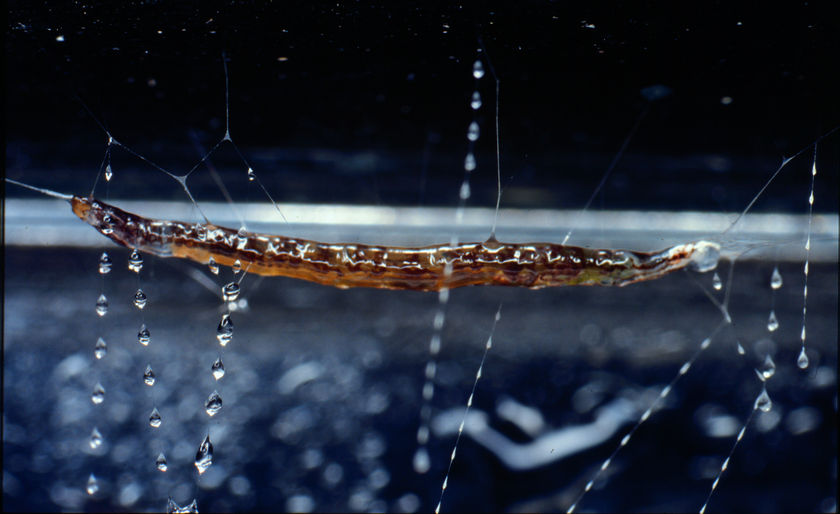 |
| Sourced from Conversazioni nell'oscurita' |
When discussing the behavior of Arachnocampa luminosa, one important question that should be asked is “How did these complex and fascinating behaviors arise?”
In order to address this fundamental question, other questions must also be asked, including
- In what order did each individual aspect of the feeding behavior come to be?
- What are A. luminosa’s closest relatives?
- How does the behavior of these relatives resemble A. luminosa's behavior?
In what order did each individual aspect of the feeding behavior come to be?
While there are many other types of luminescent insects (fireflies), or types with traps or lures (spiders), or carnivorous kinds (praying mantises), the convergence of all of these patterns into one species begs the question “How did all of these behaviors occur in one insect?”
- It is believed that lures first arose in the parent of A. luminosa. These snares were used to capture any food item that happened to be carried by the wind.
- As more and more insects were caught in the snares, the parent of A. luminosa became carnivorous to take advantage of the available food source.
- Once other insects began utilizing webs and snares to capture live prey, any characteristic that attracted insects to the web would increase the survival rate of that species. As insects naturally exhibit phototaxis, or move toward light), the first ancestral parent of A. luminosa who glowed weakly due to some mutation would have had greater reproductive success than those who lacked this attractive trait. Due to this, bioluminescence spread and modified, exploiting insects’ natural tendency to move toward light and becoming more complex and systematized (Baker, 2008)
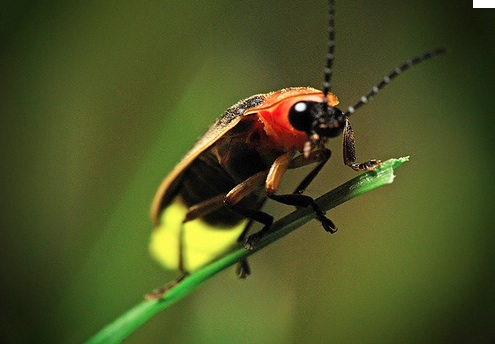
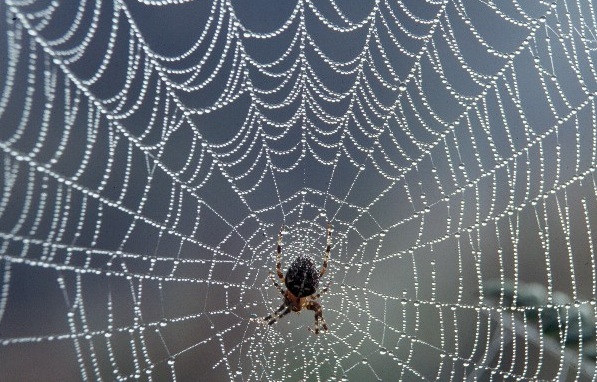
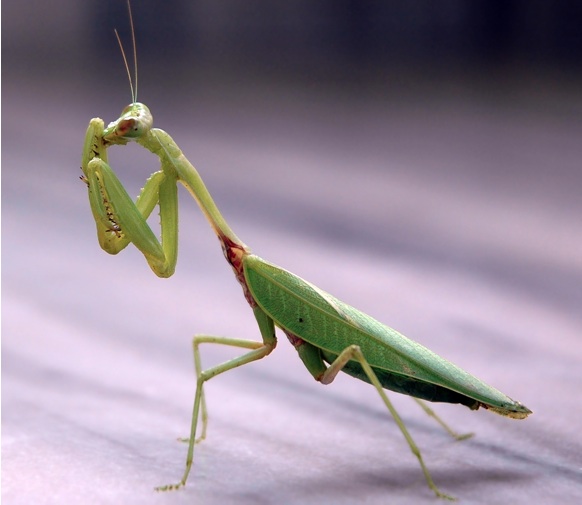
The firefly is an example of an insect that uses its bioluminescence for sexual selection, without any physical snares to lure in their prey. Spiders lack bioluminescence, but utilize elaborate webs to trap insects and eat them. This elegant praying mantis is an example of a carnivorous insect that lacks both webs and lures. Sourced from Firefly.org, Camillo Posada, and Wikipedia.
What are A. luminosa's closest relatives?
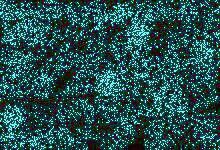 |
| This "starry sky" is an example of what multiple glowworms look like in their home, the Waitomo Caves of New Zealand. Sourced from Incredible Places in New Zealand |
Arachnocampa luminosa has eight other members of its genus. These include:
- A. richardsae
- A. otwaensis
- A. gippslandensis
- A. girraweenensis
- A. tropica
- A. tasmaniesis
- A. flava
- A. buffloensis
How does the behavior of these relatives resemble A. luminosa's behavior?
All have luminescent larvae, which utilize snares. The genus Arachnocampa is a member of the family Mycetophilidae, or small flies which include fungus gnats. Members of this family usually live in moist areas. Many insects in Mycetophilidae display bioluminescence. Mycetophilidae is in turn a member of the order Diptera, or flies with two wings (Pugsley, 2008).